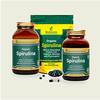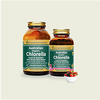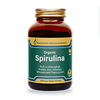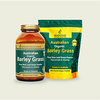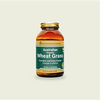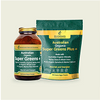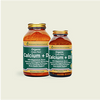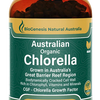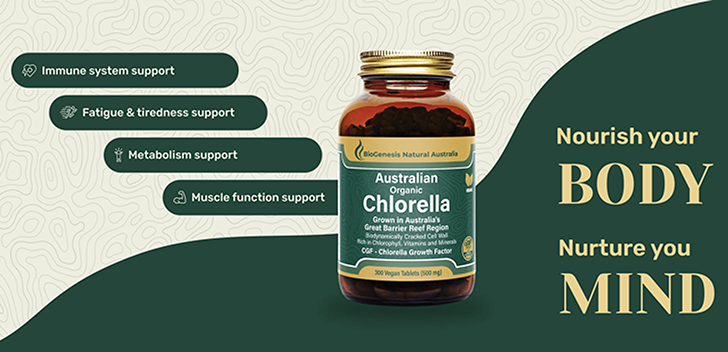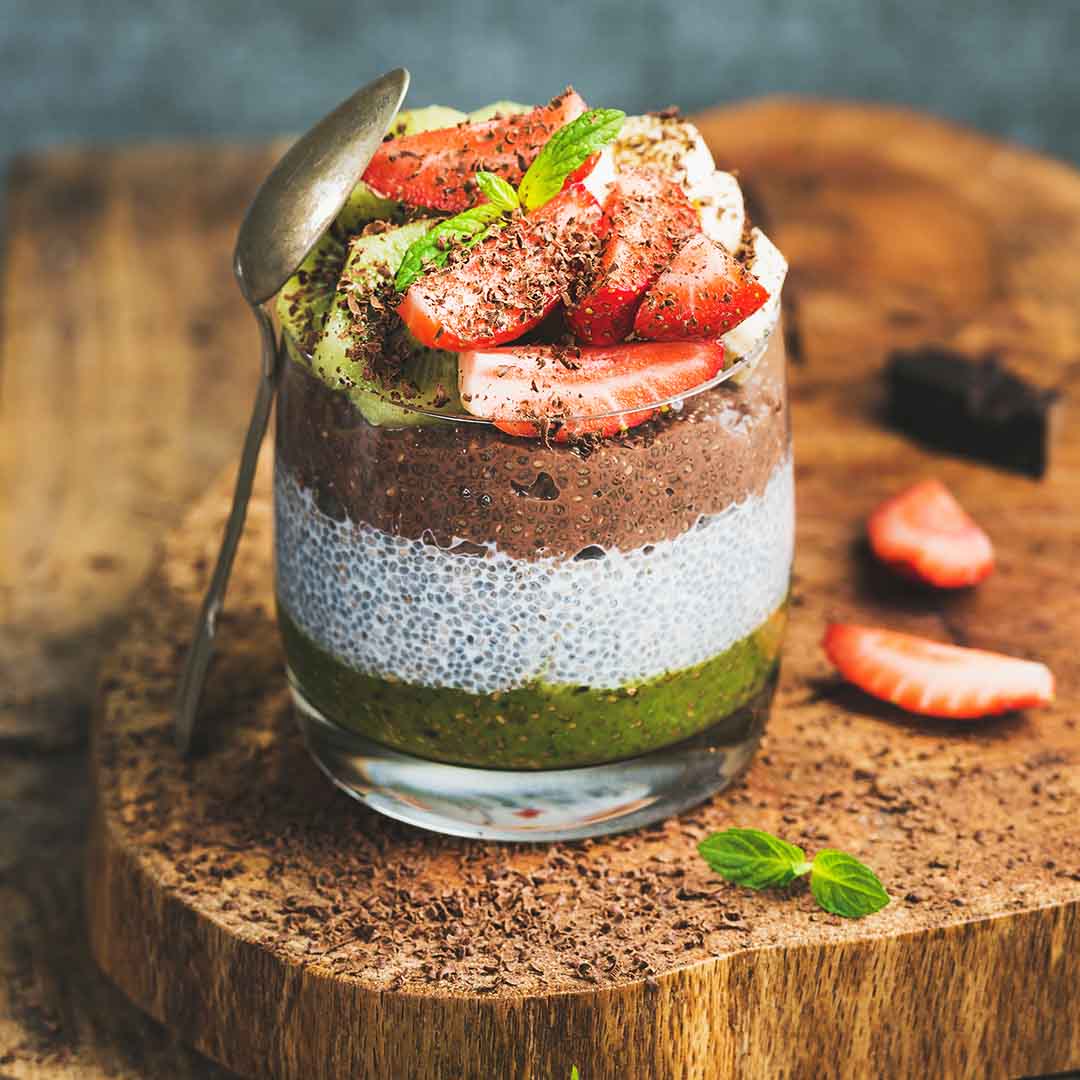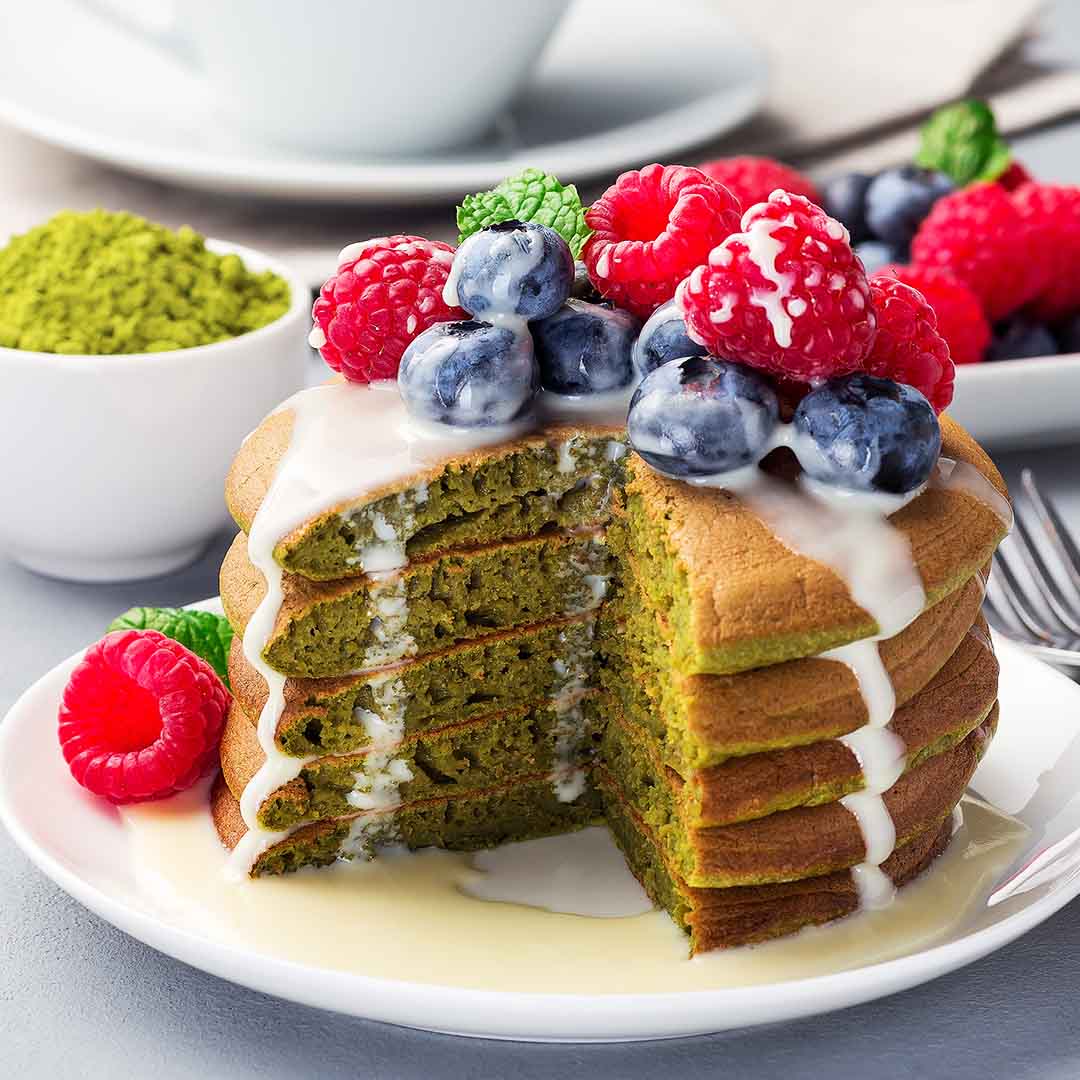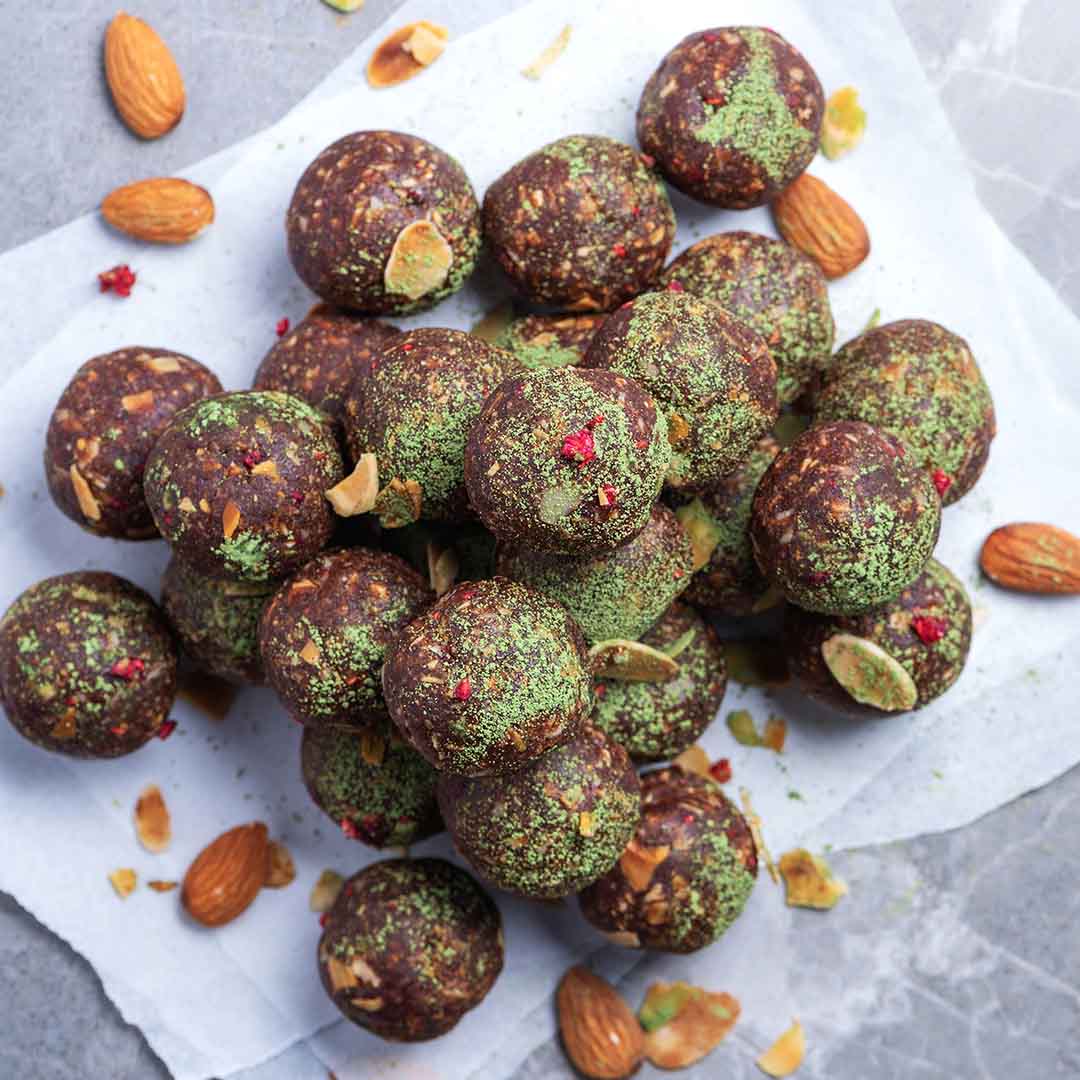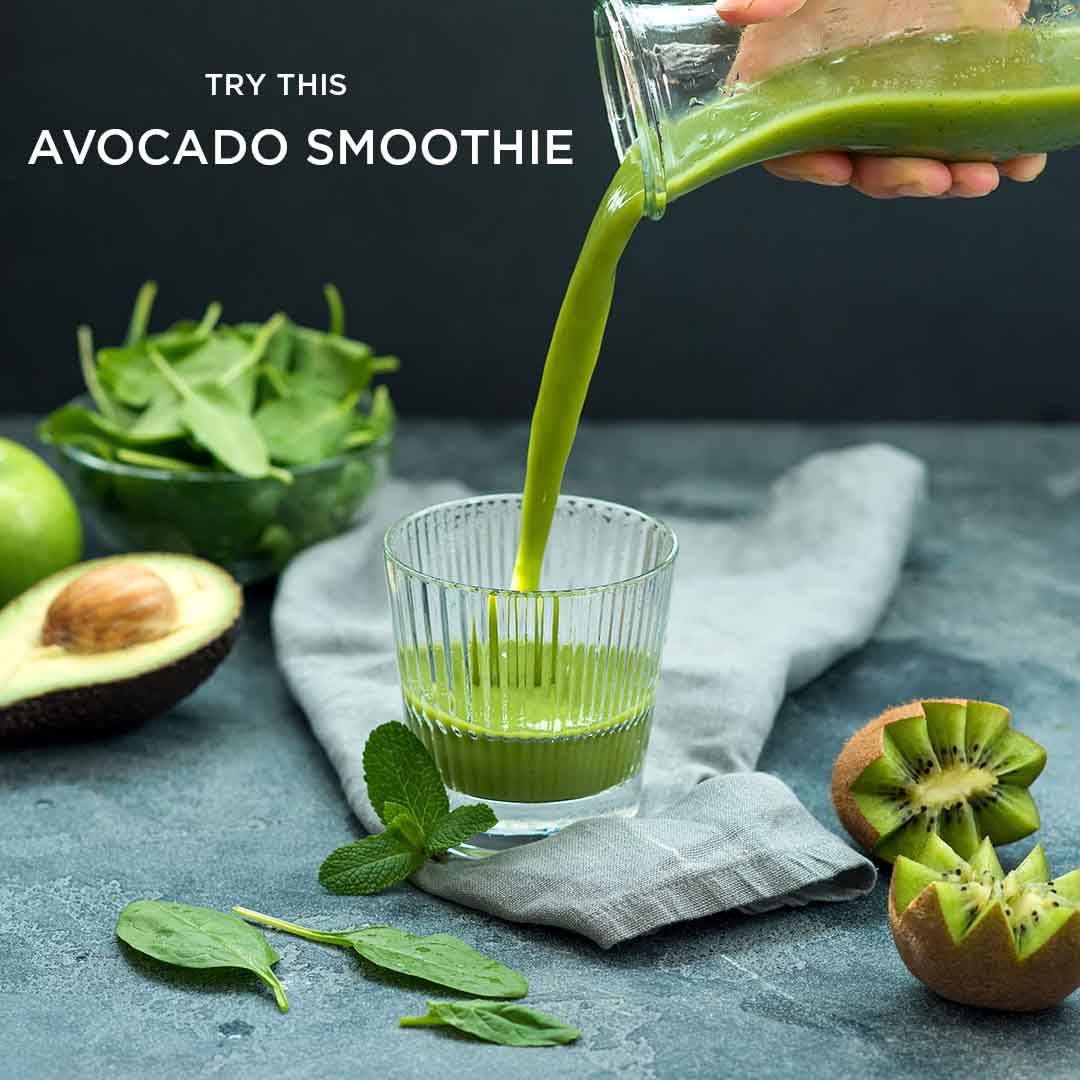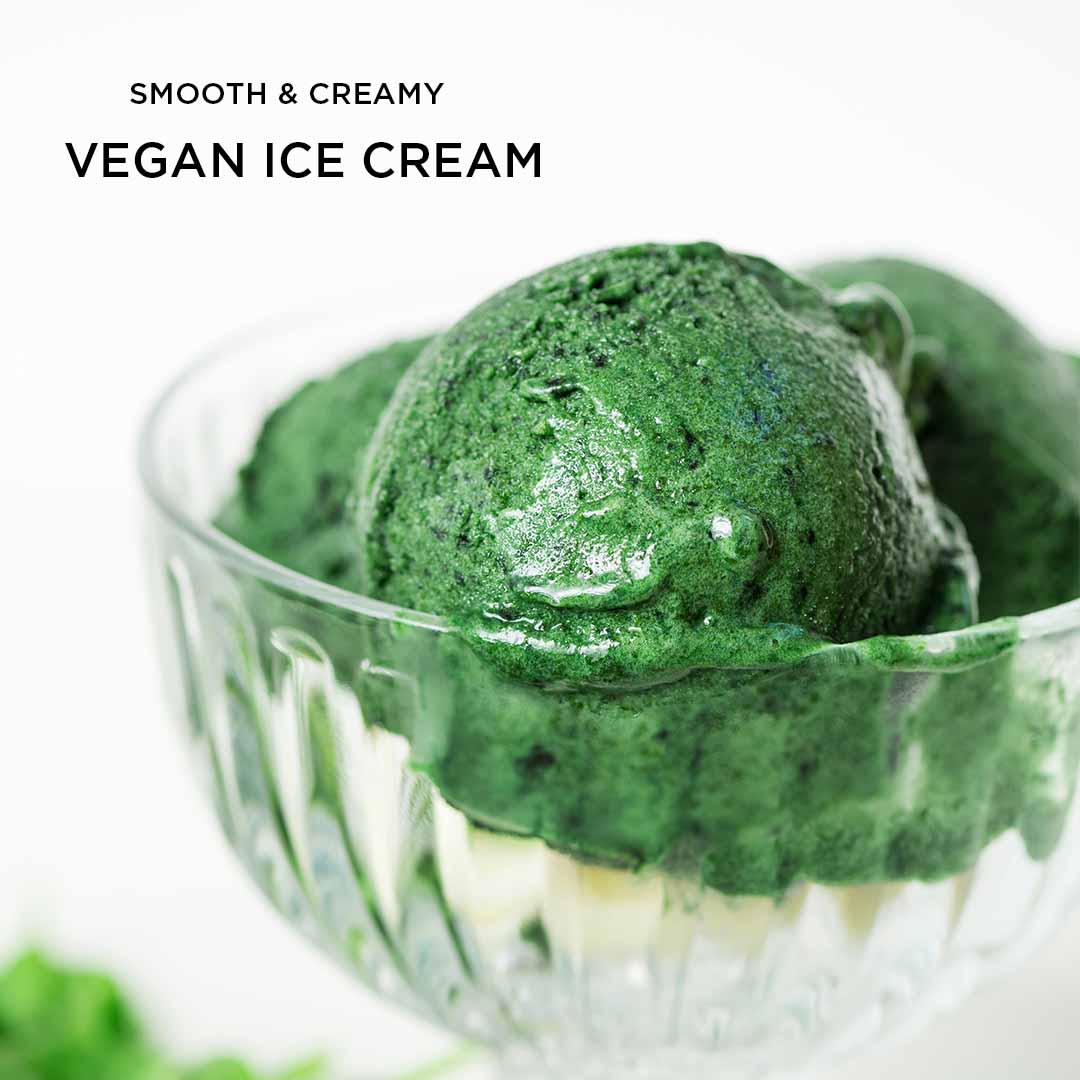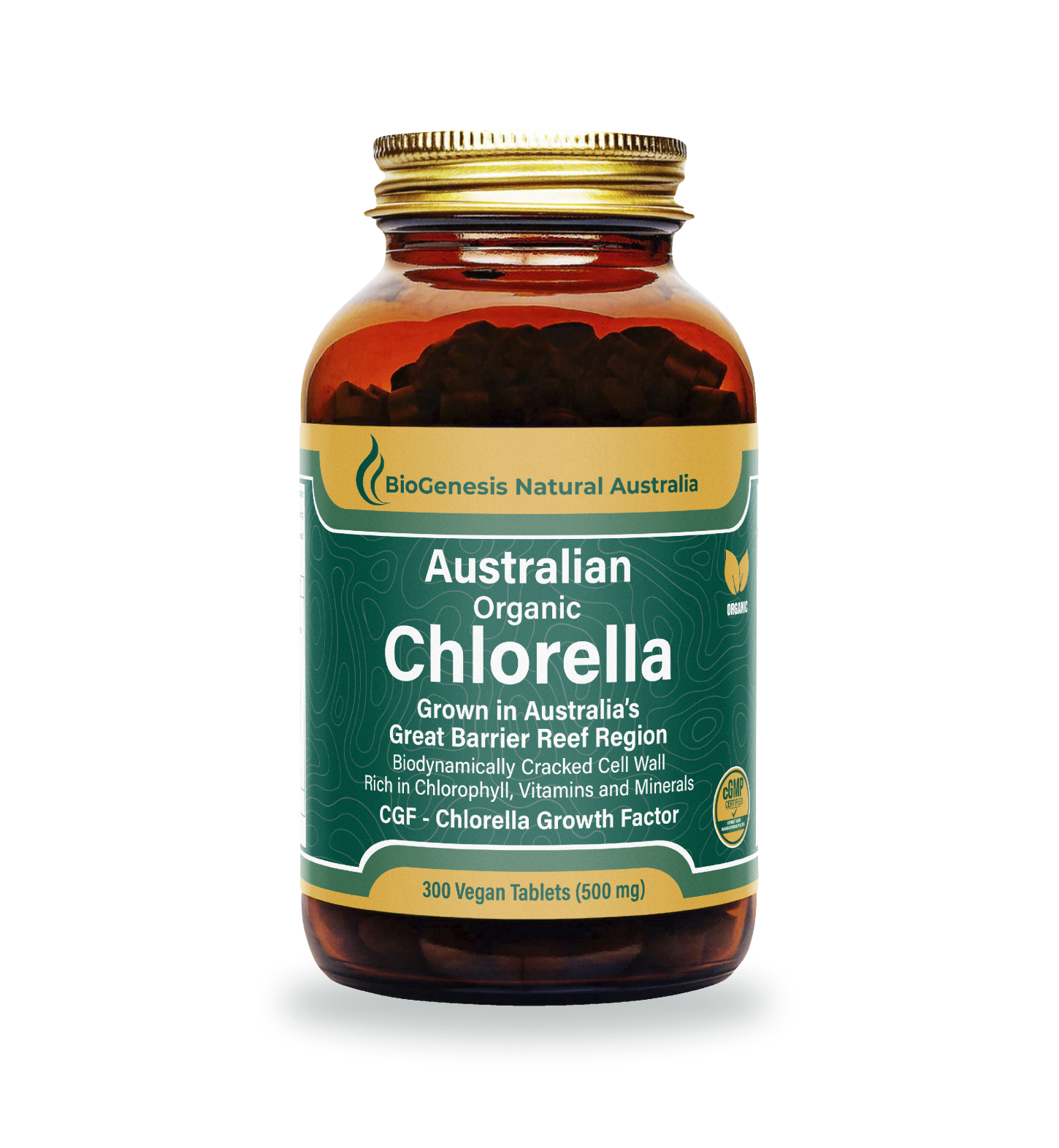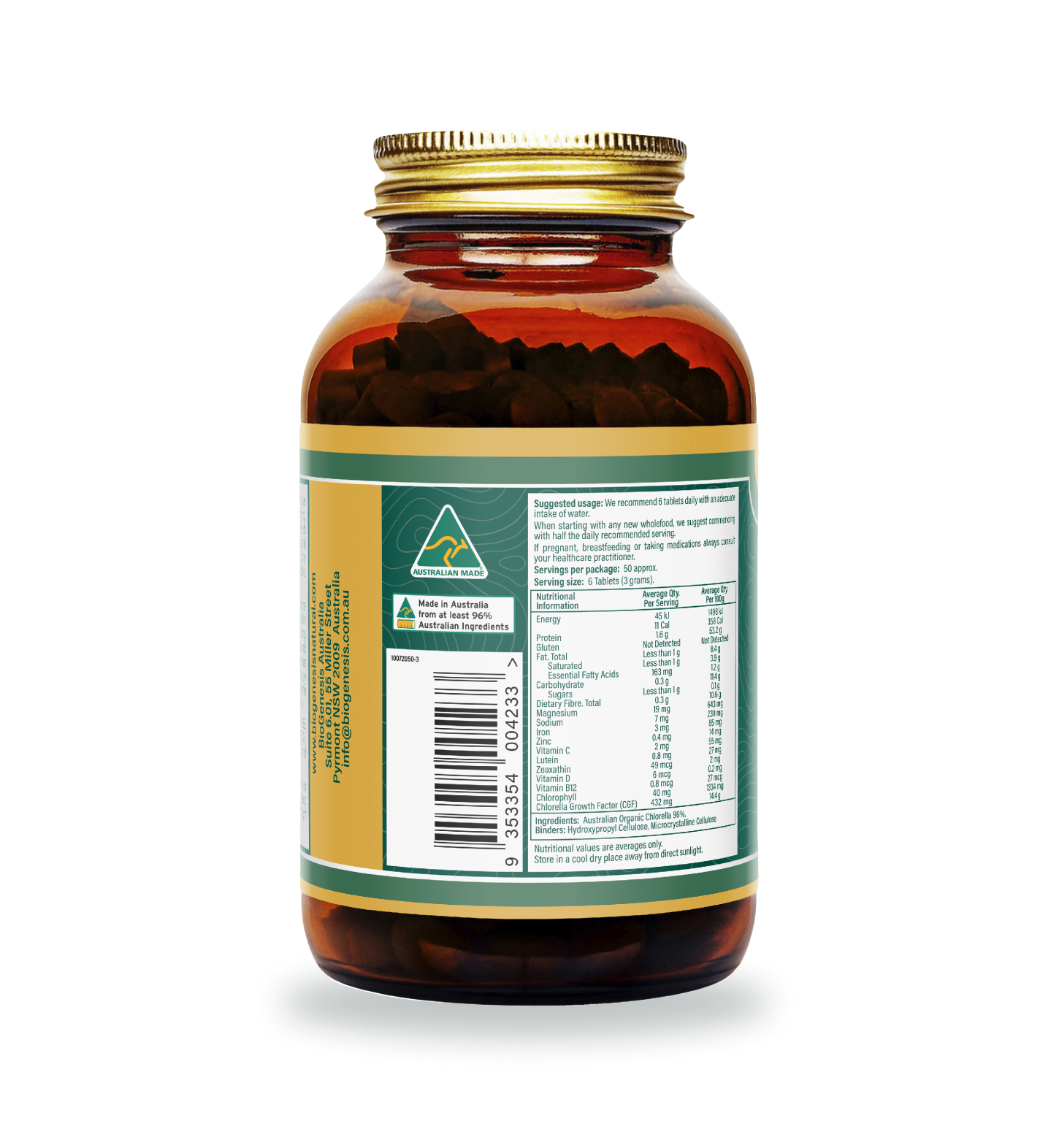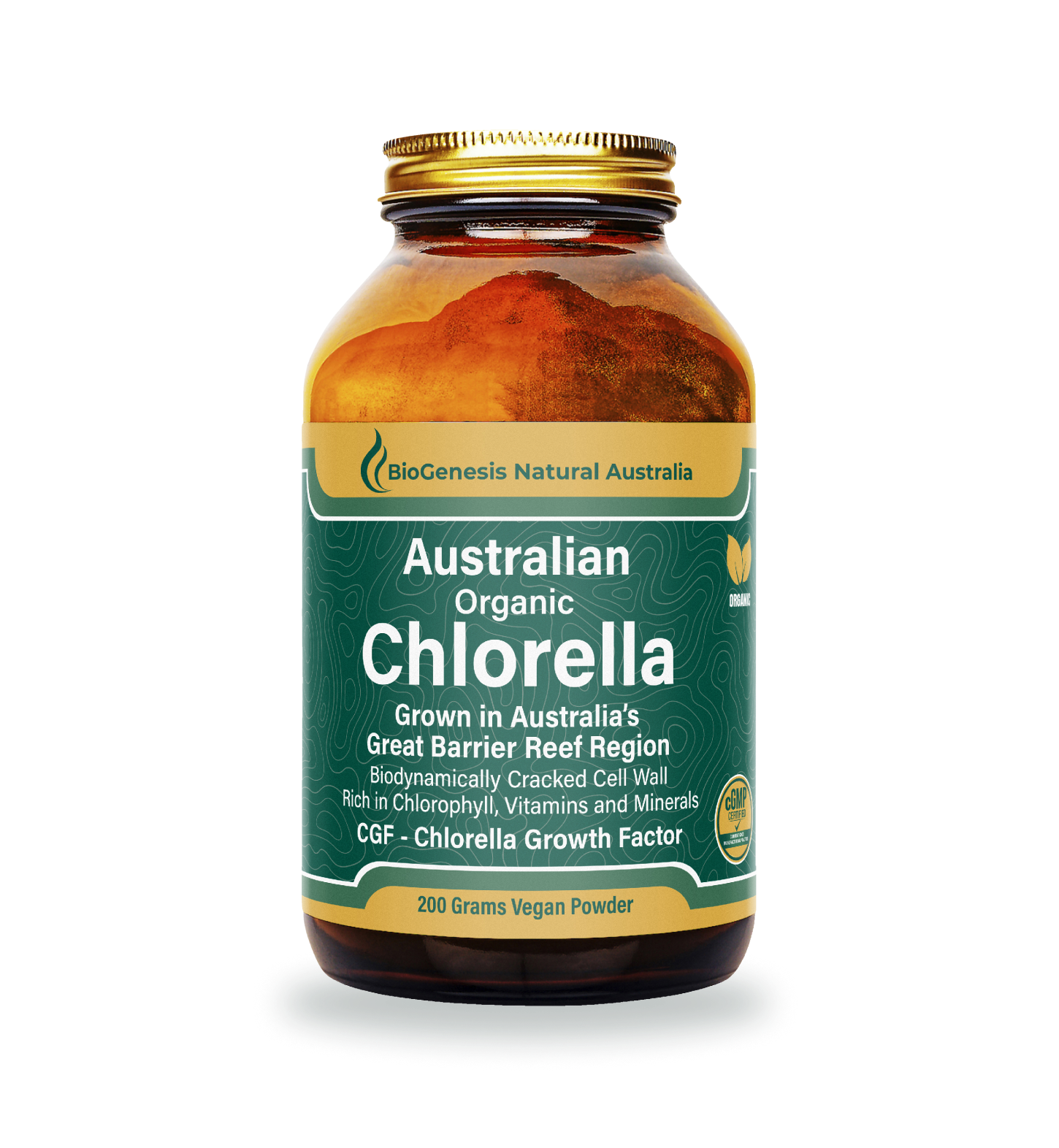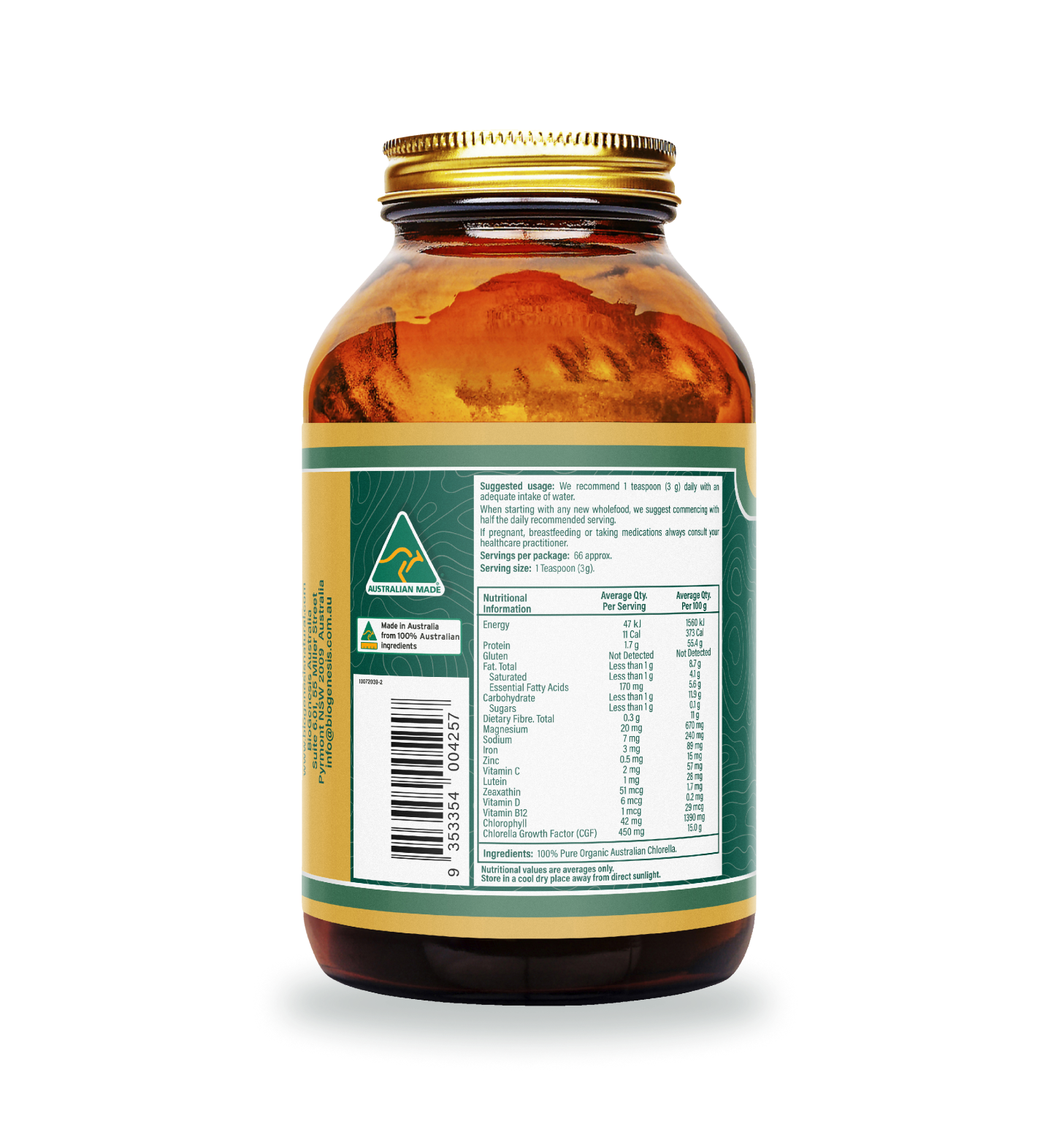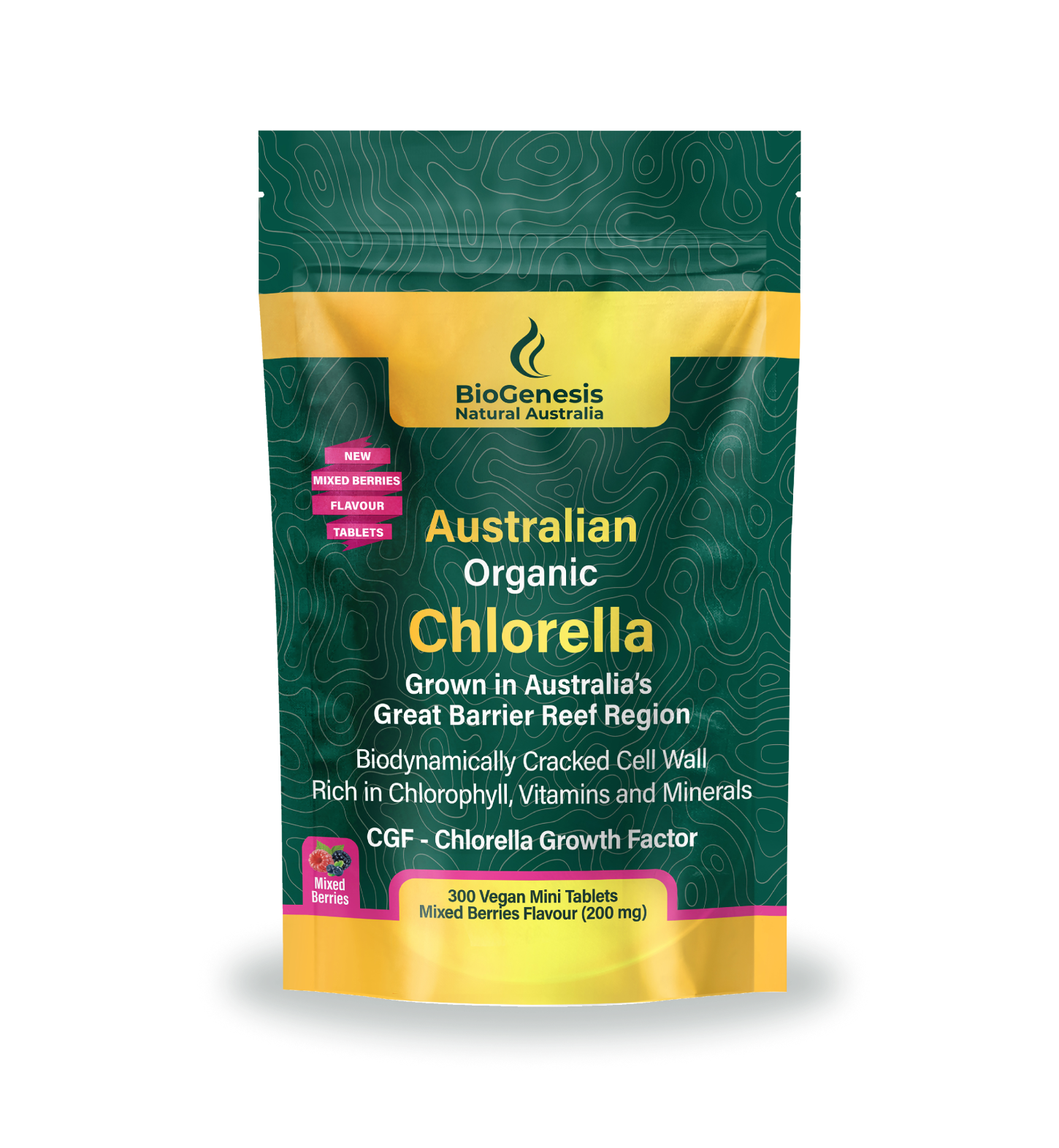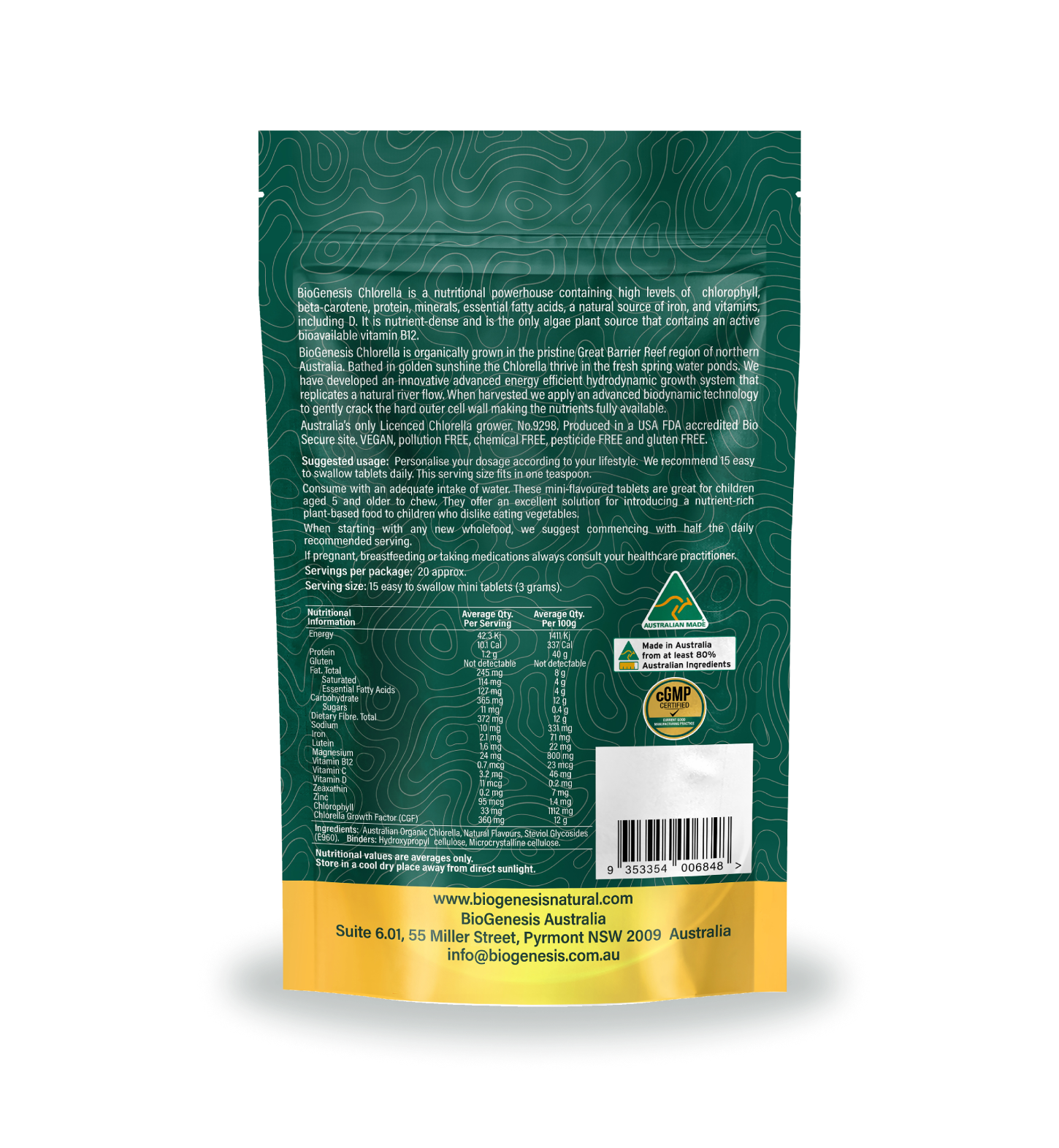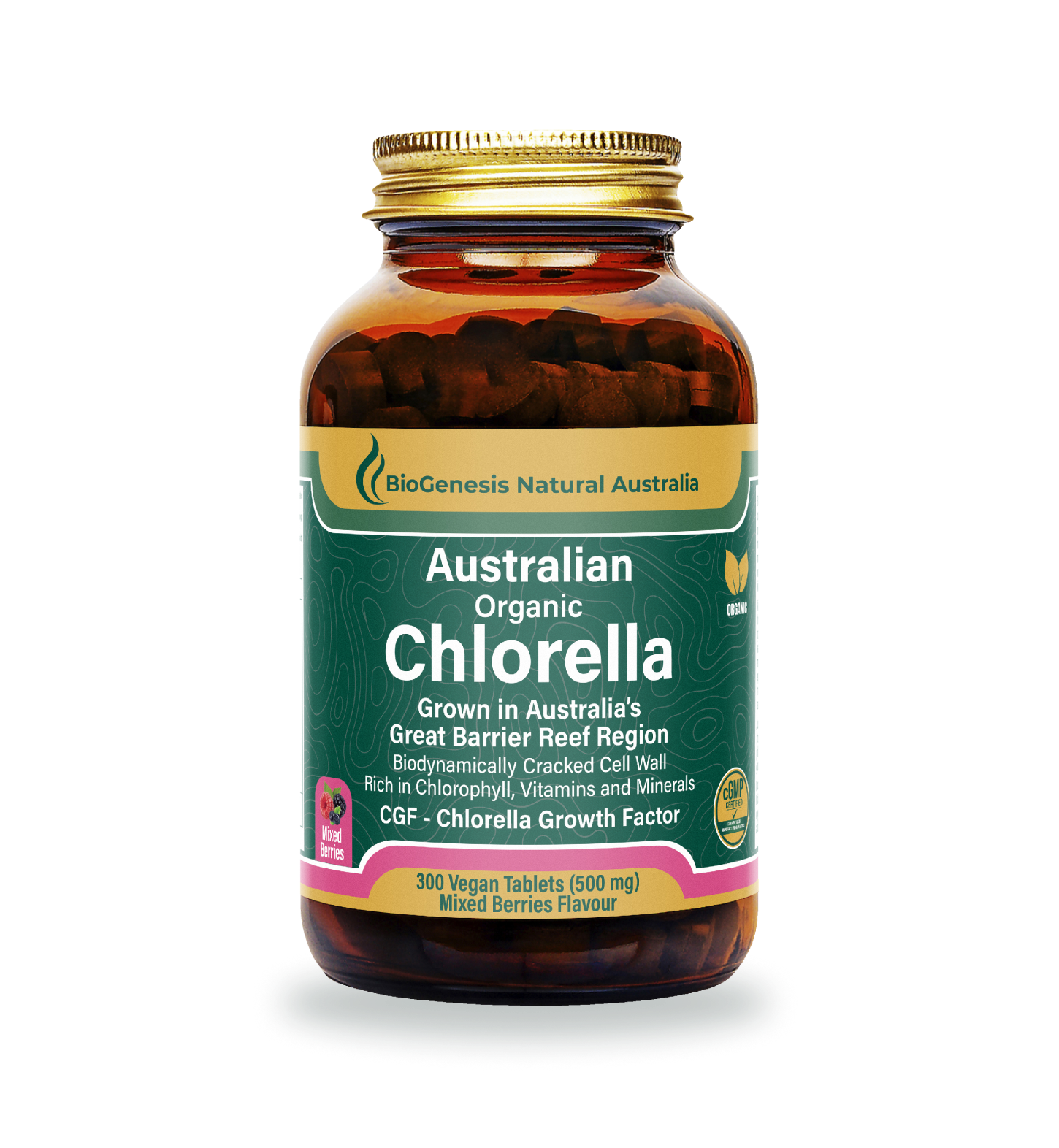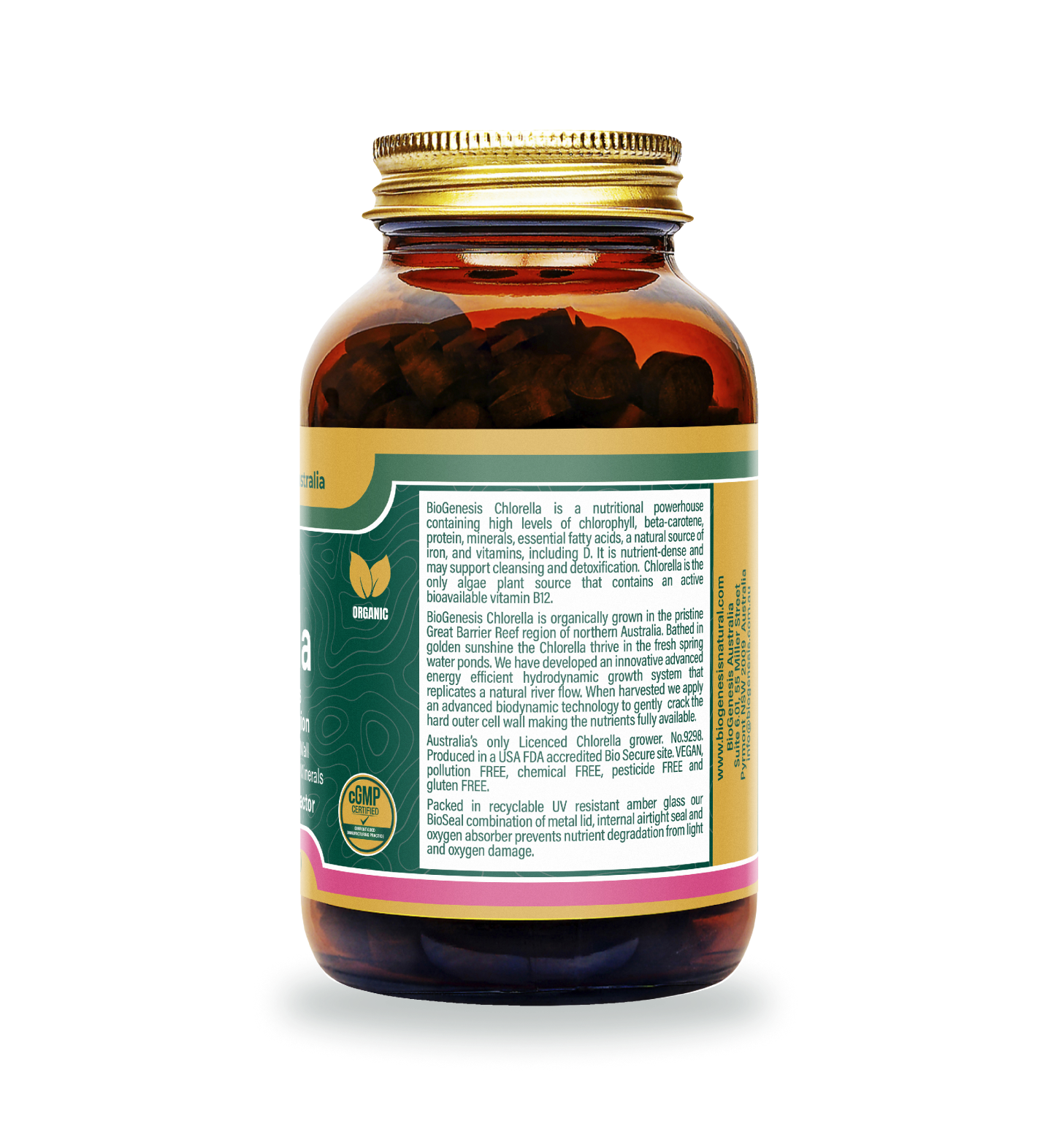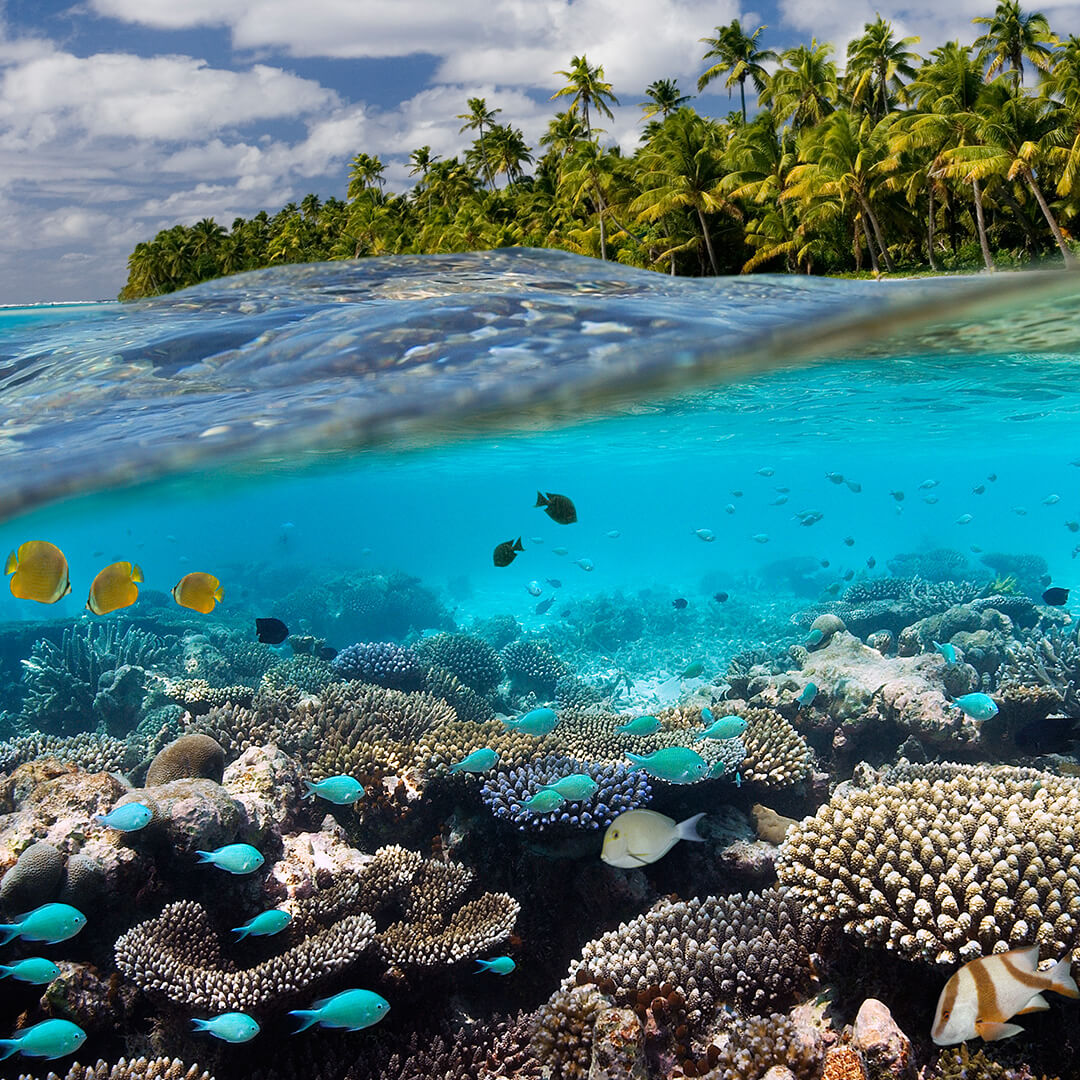
Ocean Plant Calcium; Sustainable Sourced Minerals For Health
by Colin McGregor
Ocean Plant Calcium is a little-known yet fascinating marine substance with incredible potential to change human health. It's derived from a type of red sea algae. The unique characteristics of this substance make it an excellent ocean-derived source of calcium, and magnesium with over 70 marine trace minerals including manganese, sodium, Iodine, selenium, strontium, and boron which makes it a naturally occurring multi-mineral supplement option for consumers (Frestedt, 20091). The benefits of Lithothamnium Calcareum have been well-studied, and they've shown improvements in bone health, gut health.(Moussavou, 20142). The red algae also has anti-viral and anti-inflammatory attributes which may provide additional benefits to human health (Kaparapu, 20223). These exciting effects along with other properties unique to this specific algae have made it a recent point of interest in the world of health supplements, and Ocean Plant Calcium will no doubt become increasingly popular in the coming years.
The 5 Most Important Minerals You Should Be Getting In Your Diet
Dive In! 5 Beneficial Marine Supplements
Ocean Plant Calcium is derived from an unusual plant. It lives in the cold deep waters of the Atlantic Ocean. It secretes a mineral-rich substance that creates an exoskeleton of sorts. This exterior shell is known as the algae's "fronds", and it's the material of relevance that's harvested commercially as a natural nutritional supplement (Aslam, 20104). These mineral-rich fronds are composed of 34% calcium and 2.4% magnesium as well as dense amounts of 70 other trace minerals (Aslam, 20104). The substance is ground up into a tasteless grayish-colored powder as a naturally occurring multi-mineral supplement. During the algae's lifespan, it collects minerals from the ocean and stores them in the fronds. This is what allows it to become such a dense source of nutrition.
What Are The Benefits Of Vitamin And Mineral Supplements?
Red Algae - Good For You Or All Hype?
The high amounts of magnesium and calcium in particular have made the Ocean Plant Calcium supplement quite popular. Magnesium is required for over 300 biochemical reactions in the body, yet it's a relatively common nutritional deficiency (DiNicolantonio, 20185). Low magnesium can result in general fatigue, loss of appetite, poor sleep, muscle spasms, and difficulty with focus and other cognitive functions (DiNicolantonio, 20185). There are many other magnesium supplements on the market, but studies have shown that marine-sourced magnesium is far more bioavailable and may also be less likely to cause gastrointestinal disturbances (Felice, 20186).
Why You Need Calcium & Magnesium For Good Health
Calcium is the other major mineral Lithothamnium Calcareum is known for. Calcium is essential for strong bones, and the prevention of the increasingly common osteoporosis diagnosis in the elderly (Sozen, 20167). These vital functions help muscles to contract and the body to protect itself from injury. Inadequate calcium consumption is a frequent occurrence and finding plant-based sources of calcium in particular is a difficult task (Vladimirovich, 20198). Red algea represents a much-needed solution for plant-based and omnivorous eaters alike with low calcium intakes. The multi-mineral complex the calcium is sourced from makes it a much more bioavailable and balanced supplement solution than synthetic or even bone-based alternatives (Adluri, 20109).
8 Plant-Based Foods High In Calcium
The health effects of Ocean Plant Calcium that are perhaps most surprising and specific to this particular type of algae are the benefits it has on gut health. Red Algea has multiple independent effects that can improve gut function. It's been shown to lower gastric acidity which has preventative effects against the development of stomach ulcers (Jacobs, 202011). Additionally, Ocean Plant Calcium acts as both a mineral prebiotic to improve the vitality of gut-repairing bacteria that reside in the digestive tract, as well as a synbiotic which means it also contains bacteria that directly repopulate the gut flora (Crowley, 201812). This combination can have a profoundly positive effect on repairing and improving gut health overall. In more specific terms, the gut-healing effects of taking Ocean Plant Calcium are because it increases production of short-chain fatty acids (Felice, 202013). Short-chain fatty acids are anti-inflammatory, and serve to maintain the integrity of the gut barrier (Silva, 202014). This means it may potentially help assist with IBS symptoms and other related gut dysbiosis issues ((Felice, 202013).
How Your Gut Health Affects Your Whole Body
9 Ways To Improve Your Gut Bacteria, Based On Science
A third health boosting effect Ocean Plant Calcium has been shown to have is preservation of liver health and function (Varani, 202215). Fatty liver disease is the development of excessive fatty tissue in the liver which can impede its many essential functions and permanently damage liver tissue over time (Clark, 200216). It a study it has shown to help to assist liver damage caused by fatty liver disease (Harber, 202217).
What To Know About Fatty Liver Disease
A final health benefit that studies have shown from Ocean Plant Calcium supplementation is improvement in brain health. Chronic inflammation is often a health concern anywhere it shows up in the body, including the brain. Chronic brain inflammation can cause brain fog, unclear thoughts and mental fatigue, (Aktas, 200718). There are many factors that can potentially lead to brain inflammation, including but not limited to chronic stress, poor circulation, environmental pollutants, and consuming certain foods. Ocean Plant Calcium has anti-inflammatory properties that serve to impede the biochemical reaction that takes place in response to environmental triggers and causes inflammation (Ryan, 201019). This may mean it has a valuable role in preserving brain health along with its many other health-boosting functions.
5 Tips To Keep Your Brain Healthy
Based on the current amount of research available on the Lithothamnium Calcareum, it's clear that Ocean Plant Calcium supplementation is capable of actively improving the health of the average individual by ensuring they consume an adequate amount and balance of bioavailable essential minerals. This could improve energy, focus, sleep, cognitive function, gut health, bone density, and many other health parameters. The health supplement supports overall health and longevity in a broad way. Overall, there is ample evidence to support regular consumption of the product based on the minimal risk, and the massive potential benefits to human health.
References
-
Dillon, J. C., Phuc, A. P., & Dubacq, J. P. (1995). Nutritional value of the alga Spirulina. World Review of Nutrition and Dietetics, 77, 32-46. doi: 10.1159/000425220. Retrieved from https://www.ncbi.nlm.nih.gov/pmc/articles/PMC2642861/
-
Mata, T. M., Martins, A. A., & Caetano, N. S. (2010). Microalgae for biodiesel production and other applications: A review. Renewable and Sustainable Energy Reviews, 14(1), 217-232. doi: 10.1016/j.rser.2009.07.020. Retrieved from https://www.mdpi.com/1660-3397/12/9/4898/htm
-
Borowitzka, M. A. (2020). Introduction: The Science of Algae. In M. A. Borowitzka (Ed.), The Physiology of Microalgae (pp. 1-7). Academic Press. doi: 10.1016/B978-0-323-95574-4.00002-0. Retrieved from https://www.sciencedirect.com/science/article/pii/B9780323955744000020#
-
Khan, Z., Bhadouria, P., & Bisen, P. S. (2005). Nutritional and therapeutic potential of Spirulina. Current Pharmaceutical Biotechnology, 6(5), 373-379. doi: 10.2174/138920105774370607. Retrieved from https://www.ncbi.nlm.nih.gov/pmc/articles/PMC2877502/
-
Kulshreshtha, A., Zacharia, A. J., Jarouliya, U., Bhadauriya, P., Prasad, G. B., & Bisen, P. S. (2008). Spirulina in health care management. Current Pharmaceutical Biotechnology, 9(5), 400-405. doi: 10.2174/138920108785915111. Retrieved from https://www.ncbi.nlm.nih.gov/pmc/articles/PMC5786912/
-
Bachstetter, A. D., Jernberg, J., Schlunk, A., Vila, J. L., Hudson, C., Cole, M. J., Shytle, R. D., Tan, J., Sanberg, P. R., Sanberg, C. D., Borlongan, C. V., Kaneko, Y., Tajiri, N., Gemma, C., & Bickford, P. C. (2010). Spirulina promotes stem cell genesis and protects against LPS induced declines in neural stem cell proliferation. PLoS One, 5(5), e10496. doi: 10.1371/journal.pone.0010496. Retrieved from https://www.ncbi.nlm.nih.gov/pmc/articles/PMC2873244/
-
Kulshreshtha, A., Jarouliya, U., Bhadauriya, P., Prasad, G. B. K. S., & Bisen, P. S. (2008). Spirulina in health care management. Current Pharmaceutical Biotechnology, 9(5), 400-405. doi: 10.2174/138920108785915111. Retrieved from https://www.ncbi.nlm.nih.gov/pmc/articles/PMC5335887/
-
FUNDAMENTAL FOUNDATIONS OF TECHNOLOGICAL DEVELOPMENT OF AGRICULTURE
materials of the Russian scientific and practical conference with international participation. 2019 Retrieved from https://elibrary.ru/item.asp?id=44207111 -
Chamorro, G., Salazar, M., Araújo, K. G., dos Santos, C. P., Ceballos, G., & Castillo, L. F. (2002). Update on the pharmacology of Spirulina (Arthrospira), an unconventional food. Archives of Latin American Nutrition, 52(3), 232-240. Retrieved from https://pubmed.ncbi.nlm.nih.gov/20213262/
-
DiRienzo, D. B. (2014). Effect of probiotics on biomarkers of cardiovascular disease: implications for heart-healthy diets. Nutrition Reviews, 72(1), 18-29. doi: 10.1111/nure.12084. Retrieved from https://www.ncbi.nlm.nih.gov/pmc/articles/PMC4809680/
-
de Jesus Raposo, M. F., de Morais, R. M. S. C., & de Morais, A. M. M. B. (2013). Bioactivity and applications of sulphated polysaccharides from marine microalgae. Marine Drugs, 11(1), 233-252. doi: 10.3390/md11010233. Retrieved from https://www.sciencedirect.com/science/article/abs/pii/S0737080620303567
-
Wijesekara, I., Pangestuti, R., & Kim, S. K. (2011). Biological activities and potential health benefits of sulfated polysaccharides derived from marine algae. Carbohydrate Polymers, 84(1), 14-21. doi: 10.1016/j.carbpol.2010.10.062. Retrieved from https://www.mdpi.com/1660-3397/16/6/216
-
Pérez, S., Taléns-Visconti, R., Rius-Pérez, S., Finamor, I., & Sastre, J. (2020). Redox signaling in the pathogenesis of non-alcoholic fatty liver disease: Evidences for the protective role of Nrf2. Nutrients, 12(3), 624. doi: 10.3390/nu12030624. Retrieved from https://pubmed.ncbi.nlm.nih.gov/32749902/
-
Kaushik, P., & Kaur, J. (2003). Chronic cold exposure affects the antioxidant defense system in various rat tissues. Clinica Chimica Acta, 333(1), 69-77. doi: 10.1016/S0009-8981(03)00201-6. Retrieved from https://www.frontiersin.org/articles/10.3389/fendo.2020.00025/full
-
Szulinska, M., Gibas-Dorna, M., Miller-Kasprzak, E., Suliburska, J., Miczke, A., Walczak-Gałezewska, M., & Bogdanski, P. (2017). Spirulina maxima improves insulin sensitivity, lipid profile, and total antioxidant status in obese patients with well-treated hypertension: a randomized double-blind placebo-controlled study. European Review for Medical and Pharmacological Sciences, 21(10), 2473-2481. Retrieved from https://www.ncbi.nlm.nih.gov/pmc/articles/PMC9130755/
-
Lutgendorff, F., Akkermans, L. M., & Söderholm, J. D. (2008). The role of microbiota and probiotics in stress-induced gastro-intestinal damage. Current Molecular Medicine, 8(4), 282-298. doi: 10.2174/156652408784533779. Retrieved from https://www.sciencedirect.com/science/article/abs/pii/S0016508502619067
-
Shaker, R., Balzan, B., Hogan, W. J., & Mittal, R. K. (2022). The role of the crural diaphragm in the pathogenesis of gastroesophageal reflux disease: a pilot study. The FASEB Journal, 36(S1), R3943. doi: 10.1096/fasebj.2022.36.S1.R3943. Retrieved from https://faseb.onlinelibrary.wiley.com/doi/abs/10.1096/fasebj.2022.36.S1.R3943
-
Kuo, B., McCallum, R. W., Koch, K. L., Sitrin, M. D., Wo, J. M., Chey, W. D., Hasler, W. L., Lackner, J. M., Katz, L. A., Semler, J. R., Wilding, G. E., & Parkman, H. P. (2007). Comparison of gastric emptying of a nondigestible capsule to a radio-labelled meal in healthy and gastroparetic subjects. JAMA Neurology, 64(3), 356-362. doi: 10.1001/archneur.64.3.356. Retrieved from https://jamanetwork.com/journals/jamaneurology/article-abstract/793256
-
Lutgendorff, F., Nijmeijer, R. M., Sandström, P. A., Trulsson, L. M., Magnusson, K. E., Timmerman, H. M., van Minnen, L. P., Rijkers, G. T., Gooszen, H. G., Akkermans, L. M. A., & Söderholm, J. D. (2009). Probiotics prevent intestinal barrier dysfunction in acute pancreatitis in rats via induction of ileal mucosal glutathione biosynthesis. PLoS One, 4(2), e4512. doi: 10.1371/journal.pone.0004512. Retrieved from https://pubmed.ncbi.nlm.nih.gov/21520469/



